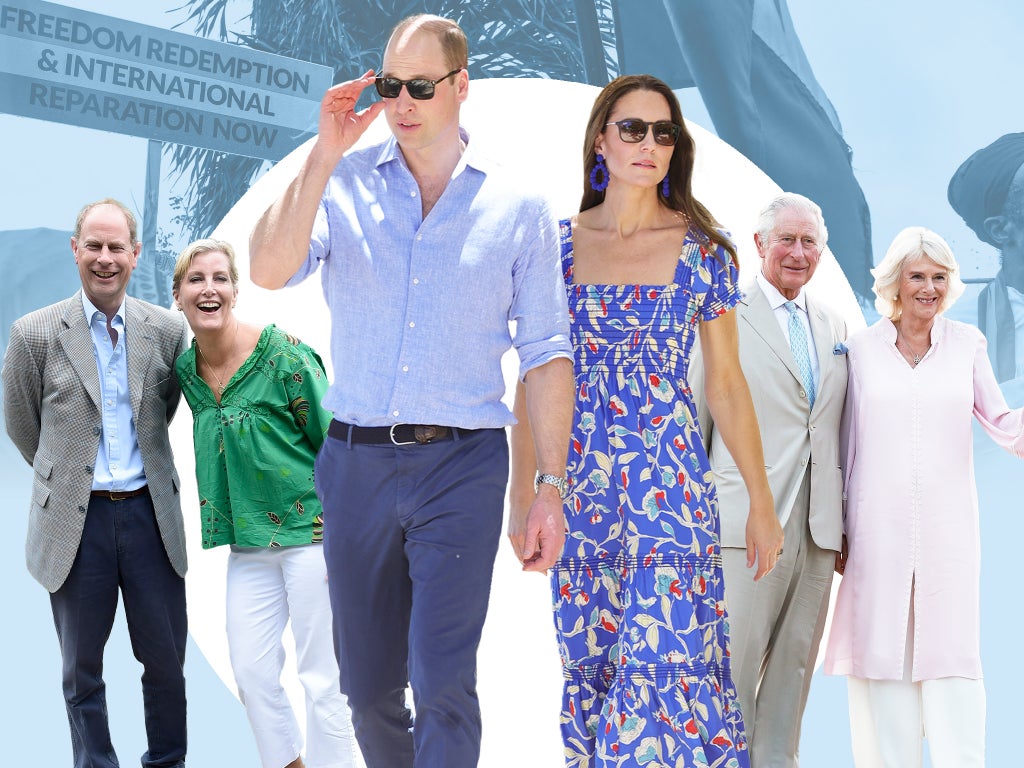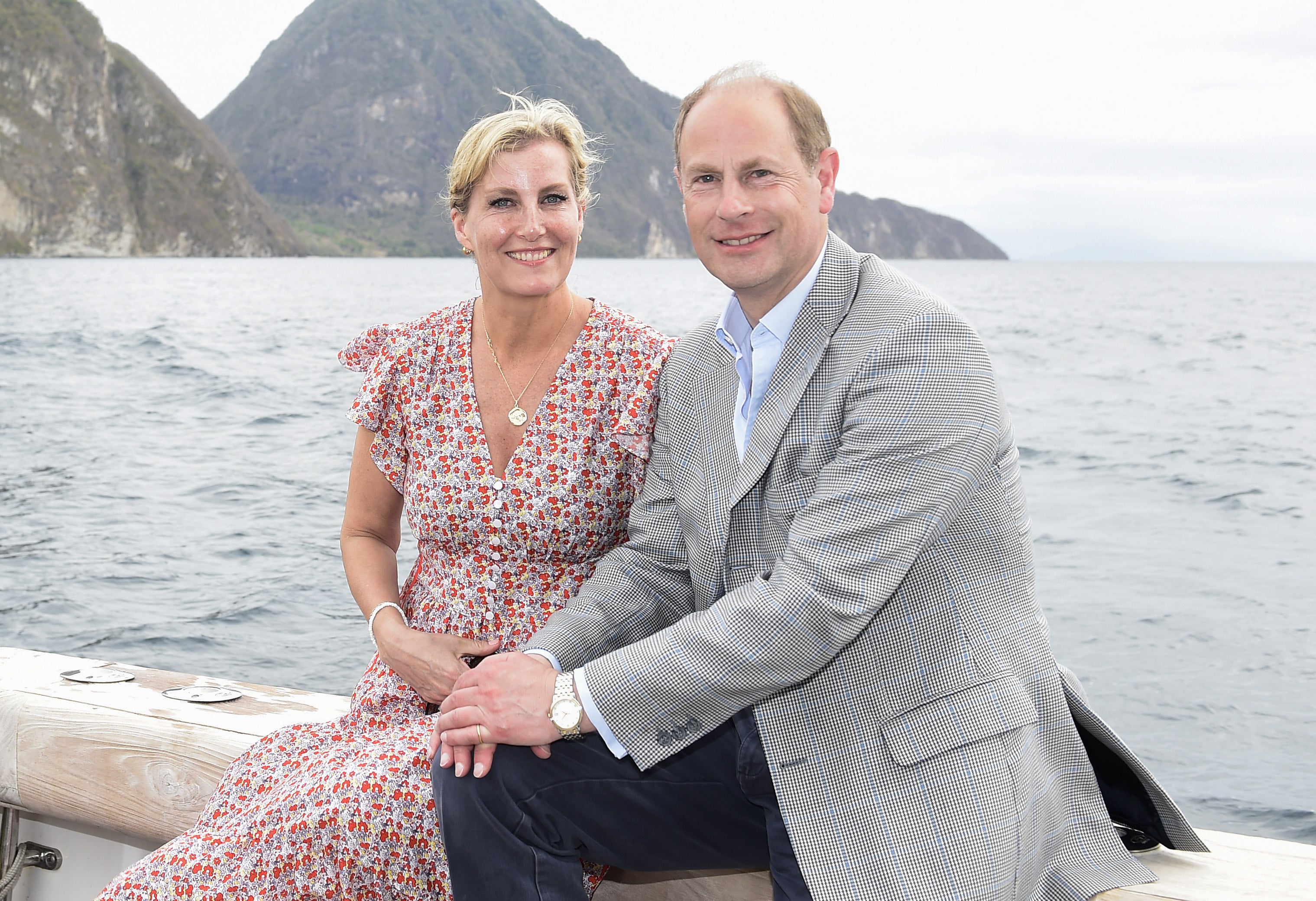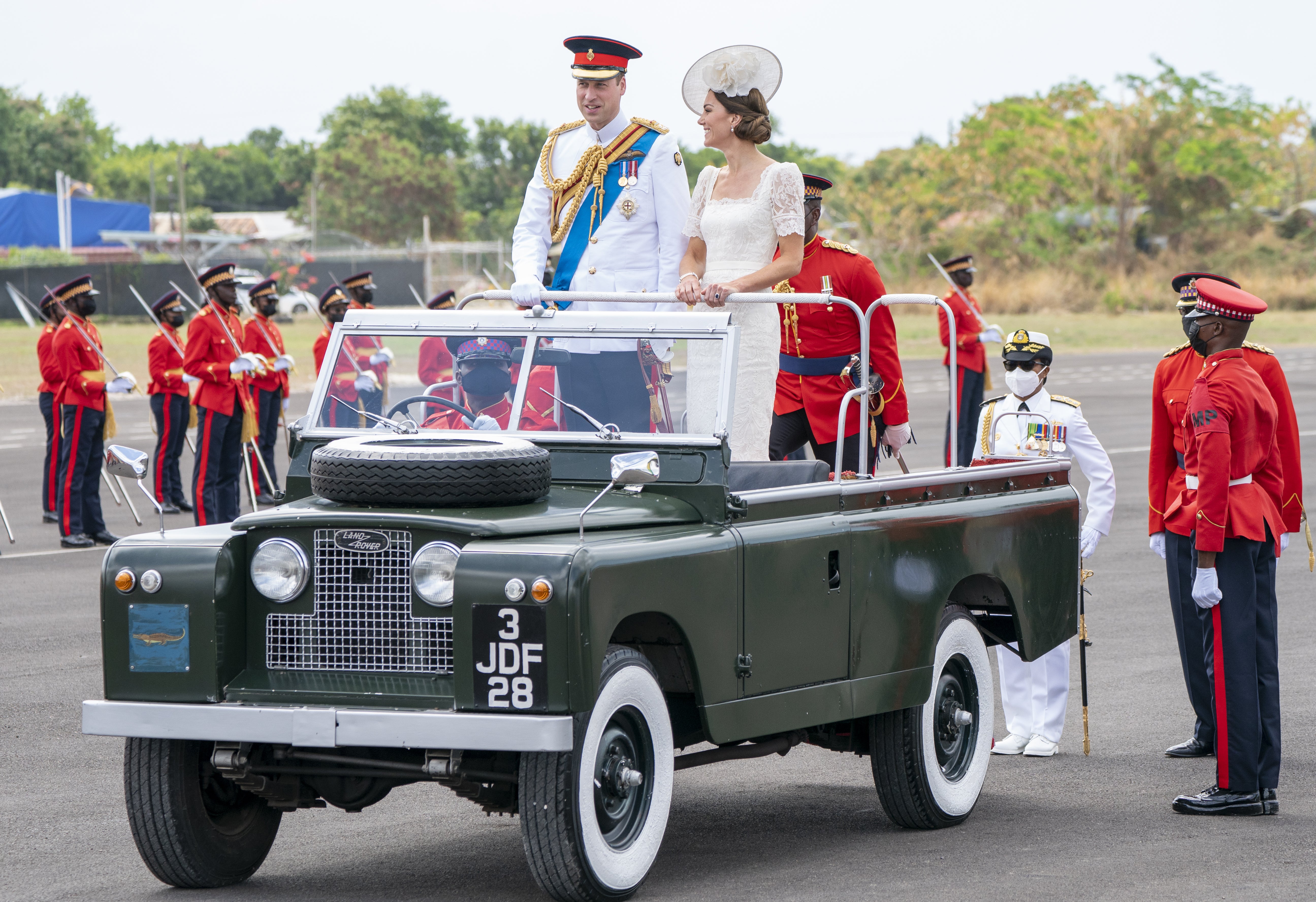
It was intended to be a jubilant tour celebrating 70 years of Queen Elizabeth’s reign, but Prince Edward and Sophie’s visit to the Caribbean quickly devolved into another set of PR disasters for the House of Windsor.
The trouble started before the tour even began. Prior to their tour of Saint Lucia, Saint Vincent and the Grenadines, and Antigua and Barbuda, their visit to Grenada was cancelled. This was on the advice of the governor general of Grenada, but without an official explanation. Then, while on the tour, prime minister of Antigua and Barbuda Gaston Browne informed the royals that the country planned to become a republic and remove the Queen as head of state.
During the visit, Browne also implored them to “use your diplomatic influence in achieving the reparatory justice that we seek”. To which, it is reported, Prince Edward joked that he “wasn’t keeping notes” while avoiding directly responding to the topic of financial reparations. Given the claims Prince Harry has made about racism inside the royal family, the Earl of Wessex’s attempt at levity was a huge misstep. There is nothing funny about this matter, and for a member of the royal family to be seemingly making light of it is damaging at home and abroad.
The Earl and Countess of Wessex’s visit to the Caribbean came hot on the heels of the Cambridge’s tour of the region — which was filled with its own set of PR blunders. The Duke and Duchess of Cambridge are generally perceived as being relatively savvy when it comes to both image management and executing an engagement-heavy, international tour. But their March tour came with its own set of controversies, namely villagers in Belize protesting against their visit and the Jamaican prime minister outlining the country’s plan to become a republic.
That they had struggled to pull off the usual royal magic act in the region should have given pause to the Palace. It might have signalled, at the very least, there was a need to postpone and rethink the visit of the Earl and Countess of Wessex at this time. As it stands, it will serve as a reminder to the royal family that the tricks of the trade they have relied upon for decades, may not be enough to sustain them in the years to come.

The PR disasters of these tours did not take place in isolation; the last years have held considerable challenges for the firm. Most recently, Prince Andrew’s financial settlement with Virginia Giuffre has left a sour taste in the mouth of the public: York councillors have just voted unanimously to strip Andrew of his Freedom of the City honour and called for him to give up his title of Duke of York. In February, Andrew reached a multi-million pound settlement with Giuffre after she accused him of sexually abusing her in the US while she was underage. Prince Andrew has consistently denied these claims.
Expensive royal tours of this kind may no longer be a sustainable part of the royal family
It appears that Queen Elizabeth’s popularity remains, for the most part, undiminished in the year of her platinum jubilee. There is still a great sense that, despite the scandal surrounding the Duke of York, she takes her duty as monarch seriously. Over the course of her 70-year reign the world has changed immeasurably; what worked for her is unlikely to work for Charles or William. Expensive royal tours of this kind may no longer be a sustainable part of the royal family’s working life.
There are arguments that there is a place for the so-called soft diplomacy only a royal tour can provide. Most international tours are undertaken at the request of the Foreign Office. In conjunction with the governments of the host countries, these tours are meticulously planned well ahead of time. At their best they can be opportunities to strengthen links and gently reinforce ties with Britain’s political allies. The Queen’s Commonwealth Canopy — a forest preservation initiative — is an example of what they hope to achieve by maintaining the association.
While the benefits of this are widely exalted and receive regular coverage, Prince Edward’s tour has been, in many ways, a stunning example of its ineffectiveness. Cracking jokes at the serious topics levied during his meeting with Gaston Browne could be generously seen as his nerves getting the better of him. Unequipped to deal with the matters raised, these attempts to break the tension were, to say the least, misguided.

After Prince Harry’s exit from royal life, the Earl and Countess of Wessex have taken on more public engagements. Simultaneously, the Queen has had to scale her duties back. Despite Prince Harry’s reluctance to continue in his public role, he was seen as very good at the job: charismatic and congenial, regardless of the private difficulties he and Meghan were facing. It was, perhaps, a mistake to presume Prince Edward capable of handling the contention expected during this tour with ease, given he is less well practiced. Whether it was intentional or not, further damage has been done to Britain’s relationships in the Caribbean during this tour.
More generally, it might be time for the royal family to rethink whether royal tours of this kind are still appropriate — or perhaps consider scaling them back. When the Earl and Countess of Wessex presented the customary gift of a signed photograph of themselves to Philip J. Pierre — Saint Lucia’s prime minister — it seemed antiquated, and symbolic of a world gone by. For the monarchy to find its place in the modern world, they must reassess the purpose and nature of these tours.







